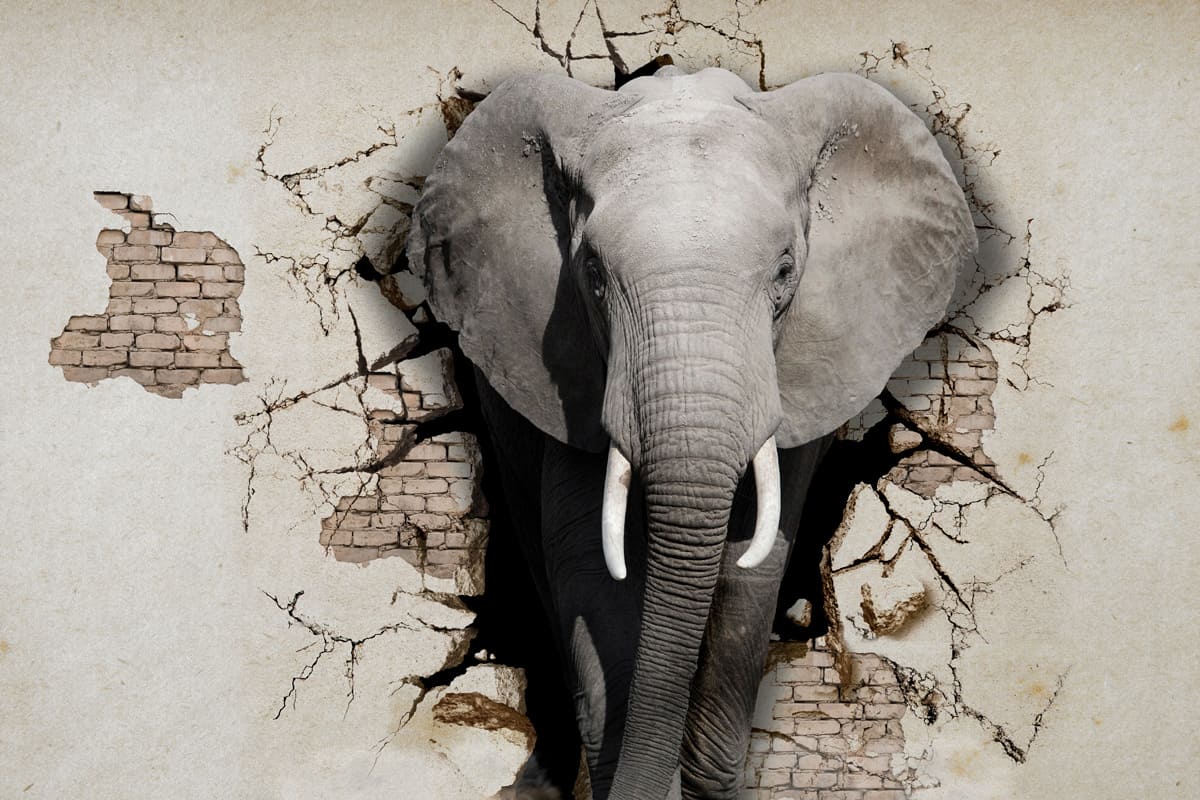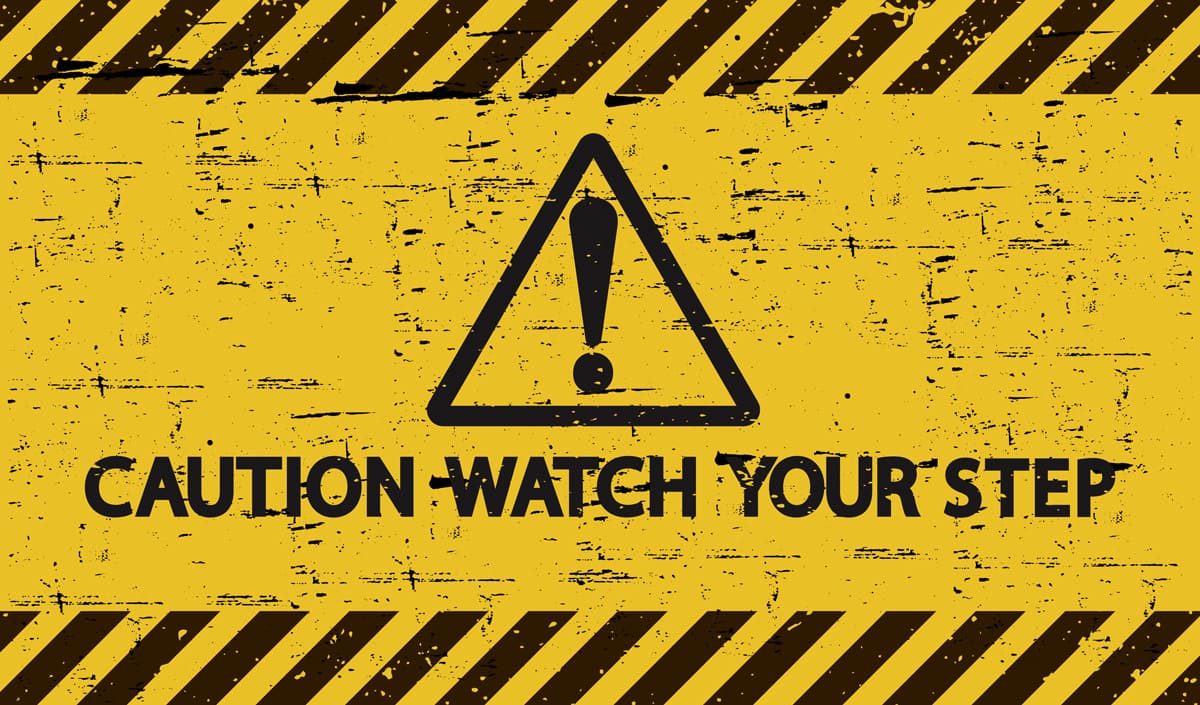Organisational Development | Change Management
Critical thinking: For more success in change processes
From Sabine Walter,, Head of netzwerk managementberatung | coaching
First publication of the article on 25.10.2019 at computerwoche.de
Change is part of everyday life in today's world. But that does not mean that they succeed. Studies show that three quarters of all change processes initiated in companies fail. Reasons for this include a lack of transparency and emotional, even fear-driven discussions. Critical thinking is both an attitude and an instrument. In the first step, it helps to comprehensively analyse facts in order to communicate them convincingly in the second step.
What is critical thinking?
Karsten Miermans from the Ludwig Maximilian University in Munich and a passionate "critical thinker" describes critical thinking as follows: "Critical thinking aims, on the one hand, to recognise thinking errors and thus avoid them in the future. On the other hand, it helps to interrupt cognitive distortions, i.e. shortcuts or automatisms in thinking."
Karsten Miermans - Critical Thinking
How does critical thinking succeed?
The first step towards this is the postureThe first step is to try to build a really coherent argument in order to give transparency to all those who are affected by change, for example, and to help them form their own comprehensive opinion. The second step is about the Building a coherent chain of argumentation. Questions that helpto present the facts comprehensively include:
What...
... exactly what was decided?
... concretely will change?
... would be alternatives?
... are the advantages and disadvantages of the selected approach?
... can happen in the worst case?
... can anyone do to bring change to life?
... can anyone do to prevent the worst from happening?
... for uncontrollable or unforeseeable risks exist?
Why...
... is this change absolutely necessary?
... have we decided on this specific path?
... do we accept that certain things will deteriorate?
... do we need support from external consultants?
... is it necessary right now to initiate this change?
... may the worst not happen?
... are we convinced that the change will succeed?
... is there no sensible alternative to the proposed path?
Who...
... is everything affected by the change?
... benefits from this?
... suffers disadvantages?
... takes damage?
... are key persons for the success of the change?
... are important lateral thinkers?
... can also support?
... can do the most to limit damage?
When ...
... should the planned be implemented?
... should the change process be completed at the latest?
... does the decisive first step take place?
... would initial successes benefit our company?
... is the best time to carry out these measures?
... do we know whether this change has really succeeded?
... should we inform about certain things?
... would it be too late to initiate this necessary change?
How ...
... exactly how is this supposed to work?
... can we be so sure that this is the right decision?
... do we best get our message across to those most affected by the change?
... do we succeed in convincing those affected of the necessity and urgency of change?
... can we derail the process?
... can the greatest possible damage be done?
... can we ensure that the change will succeed in the planned time and with the budgeted resources?
... can we get the maximum benefit from the change?
Where...
... will this path take us there?
... shall we start?
... will signs of success be visible first?
... are we most likely to notice that we need to change something in our approach?
... are low hanging fruit?
... have we done something like this before and been successful?
... outside of our company / our area are there similar considerations?
... are there similar success stories?
What is the effect of critical thinking in change processes?
The questions listed are a selection to help you, Describe facts in detail and build a coherent argument from the various facts.. The aim is to provide comprehensive information and to give equal space to opportunities and risks. Furthermore, the questions help to assess more realistically the time and resources needed for the real completion of the change measure. As Daniel Kahnemann and Amos Tversky first summarised under "planning fallacy" in 1979, people and thus also organisations have a tendency to underestimate the time and resources they need to complete tasks. This is also one reason why change processes do not achieve the desired benefits in three quarters of cases. Therefore, questions that focus on the obstacles, resistances or necessary support are crucial in the analysis of the facts.
Critical thinking promotes the acceptance of transformations
Critical thinking as part of staff development
Companies that succeed in utilising critical thinking not only develop their employees into sparring partners at eye level, they also make better decisions and strengthen their ability to think analytically.
Karsten Miermans to this: "The simplest skill that is strengthened by critical thinking is analytical thinking. Anyone who uses critical thinking learns to recognise certain structures and arguments more quickly. If one is not familiar with these structures and arguments, it is easy to be completely overwhelmed by the many details. But when you see through the structure of arguments, you can abstract them from the details. That is, we have the ability of analytical thinking and the ability to see the structure of ideas."
This will also mean that decisions are not only made less emotionally, but that decisions made are also met with less emotion and therefore less fear.
And then Karsten Miermans gives another book tip: "The art of acting wisely: 52 wrong turns you're better off leaving to others" by Rolf Dobelli. In this book, the author not only describes common thinking errors or cognitive biases for critical thinking, but also gives Examples and tips, To speed up and make better decisions. The author shows that some thought structures have clear, predictable disadvantages. Nevertheless, he presents other thought structures that can be used to avoid such disadvantages.
Karsten Miermans - Critical Thinking
Critical thinking helps to justify decisions more rationally and objectively. In change processes, this ability helps to present facts transparently and comprehensively. This has a convincing effect and ensures the willingness of those affected to change. Changes thus have a much better chance of really succeeding.



